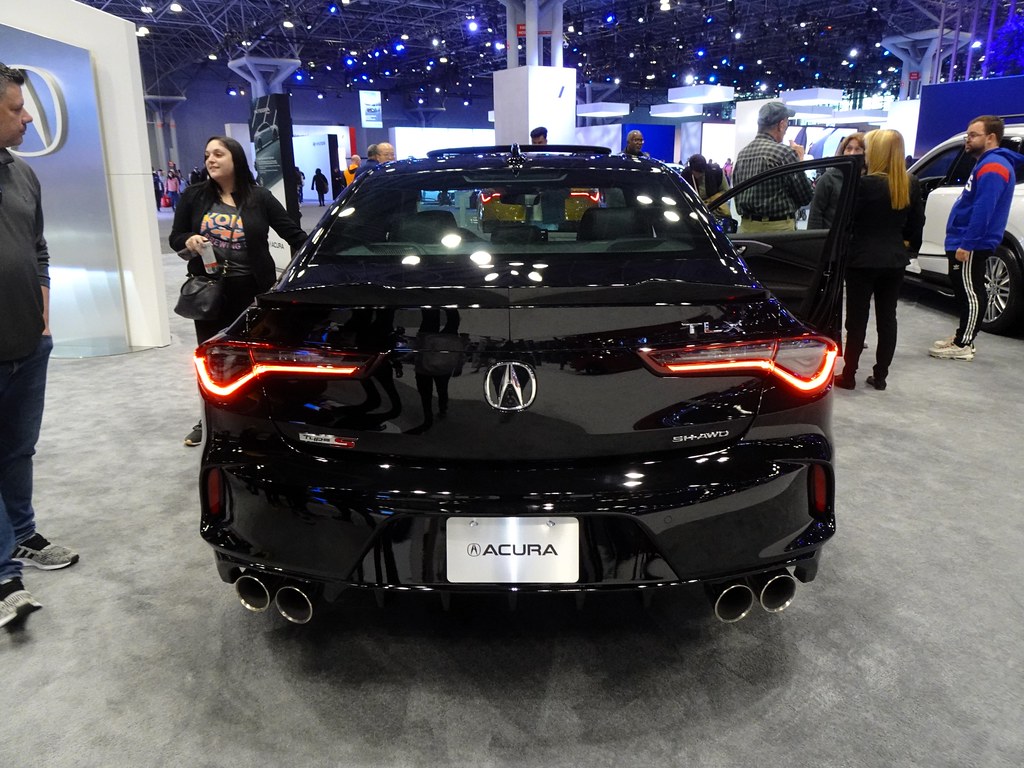
Navigating the world of car maintenance can feel like a complex journey, especially with the rapid advancements in automotive technology. For many of us, our vehicle is an indispensable part of daily life, and the thought of it breaking down or needing extensive, costly repairs can be a significant source of anxiety. It’s often when we lack knowledge about our cars that we are most susceptible to falling into a money trap, trusting implicitly in whatever a mechanic says.
However, a long list of suggested services at every visit doesn’t always translate to genuine necessity. Modern vehicles are engineered with greater precision and durability than their predecessors, and many common maintenance practices from decades past are simply no longer required as frequently, if at all. Understanding the true needs of your car is the first step towards empowering yourself and avoiding unnecessary expenses.
This comprehensive guide is designed to equip you with the knowledge to distinguish between essential car care and common mechanic upsells. We’ll explore 15 areas where consumers often spend more than they need to, detailing why certain services are frequently over-recommended and how you can save hundreds, if not thousands, of dollars by making informed decisions or even tackling simple tasks yourself. Get ready to become a more savvy car owner and protect your hard-earned money.
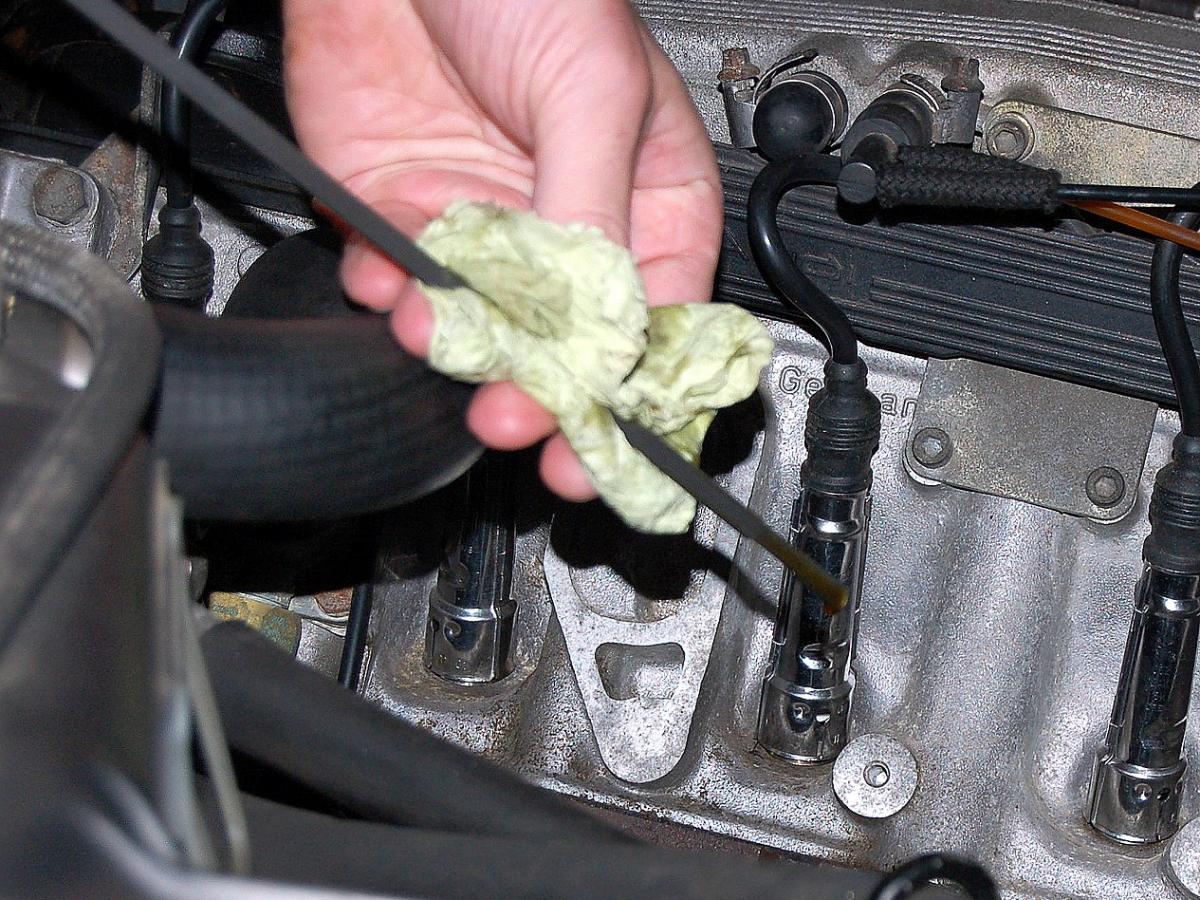
1. **Fuel Injector Cleaning**In the past, fuel injectors were notoriously prone to clogging due to the accumulation of carbon residue. This common issue led to repair shops frequently recommending routine fuel injector cleaning as a preventative measure. It became a standard practice, deeply ingrained in the maintenance routines of older vehicles, ensuring optimal engine performance and efficiency.
However, the automotive landscape and fuel technology have evolved significantly. Today, a proactive approach by gas companies means that most gasoline on the market contains high-quality solvents. These advanced additives are specifically formulated to clean fuel injectors as the fuel passes through them, effectively preventing carbon buildup and maintaining injector health without external intervention.
This means that the frequent, costly professional cleaning that was once a necessity for older models is largely redundant for modern cars. If you ever perceive a lag in your car’s performance, the solution might be as simple as switching to a better-quality fuel that boasts enhanced detergent packages. This simple change can often resolve minor issues by cleaning the injectors during normal operation, saving you the expense and hassle of professional cleaning and avoiding the removal of injectors from the fuel rail system.
It’s crucial for consumers to understand this evolution in fuel technology. Don’t automatically agree to a fuel injector cleaning service if your mechanic suggests it, especially if your vehicle is a newer model and you consistently use good quality gasoline. A simple fuel upgrade can often provide the same, if not better, results, ensuring your car runs smoothly while keeping your money where it belongs—in your wallet. Knowledge about these advancements can prevent you from paying for a service you never needed.
Read more about: Unmasking the Silent Destroyers: 14 Everyday Driving Habits Secretly Wrecking Your Ride
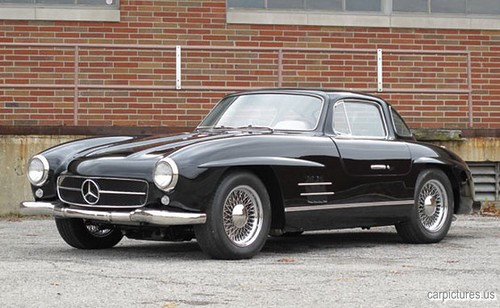
2. **Frequent Parts Replacement**The announcement that your car requires a parts replacement can be one of the most disheartening pronouncements from a mechanic, instantly signaling a significant increase in your repair bill, encompassing both the cost of the new component and the associated labor. This scenario was a far more frequent occurrence just two decades ago, largely due to the limitations of old-school engineering where components had shorter lifespans and were more susceptible to wear and tear.
However, modern vehicles represent a paradigm shift in automotive design and material science. Contemporary cars are equipped with better-engineered and substantially sturdier parts, designed for longevity and resilience. This enhancement means that components which historically demanded frequent replacement now boast significantly extended dependability, challenging the traditional notions of routine part replacement.
Consider tires, a prime example of this engineering advancement. Where once tires might have required more frequent changes, modern designs often offer a 4-5-year dependability, assuming normal driving conditions. If you maintain a non-aggressive driving style and your mechanic recommends a tire replacement far sooner than this expected lifespan, it’s a strong indicator that you might be walking into a money trap, pressured into an unnecessary expense.
Empowering yourself with proper knowledge about typical part lifespans, common issues, and troubleshooting steps is your best defense against such scams. Understanding when a part genuinely needs replacement versus when it’s merely an upsell can save you considerable amounts. Always question recommendations that seem premature and, if possible, seek a second opinion or consult your vehicle’s owner’s manual for recommended service intervals to ensure you’re making informed decisions.
Read more about: Beyond the Stage: 11 Pivotal 1970s Moments That Forged the Future We Know Today
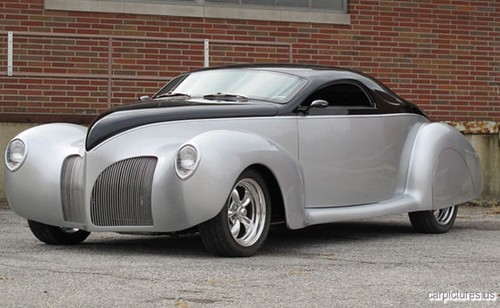
3. **Frequent Tune-ups**The concept of a regular ‘tune-up’ is deeply embedded in the historical narrative of car maintenance, harking back to an era when vehicles required consistent manual adjustments to keep their engines running efficiently. While it’s true that cars undeniably require maintenance, the nature and frequency of these tune-ups have drastically changed, especially for vehicles manufactured within the last few decades.
Modern automotive engineering has revolutionized vehicle operation through sophisticated computerized systems. These advanced onboard computers are programmed to automatically make real-time shifts in functions and adjust various drive parameters to continuously optimize the health and performance of car components. This continuous, automated optimization significantly reduces the need for the manual, periodic interventions that defined tune-ups of yesteryear.
Consequently, for most newer models, the traditional notion of frequent, expensive tune-ups before hitting significant mileage markers is largely obsolete. You generally shouldn’t have to spend money on comprehensive tune-ups before your vehicle has accumulated at least 25,000 miles, irrespective of how enticing or aggressively marketed an offer your repair shop presents. The car’s internal systems are doing much of the work automatically.
If your engine does seem to be running poorly, it’s more likely indicative of a specific problem that can often be isolated and addressed, such as replacing the spark plugs, rather than a generic need for an overall tune-up. Consulting your owner’s manual for manufacturer-recommended service intervals, and understanding the diagnostic capabilities of modern cars, can help you avoid unnecessary tune-up costs and focus on targeted solutions when issues arise.
Read more about: The Shocking Truth About Car Repair Costs: 14 Expensive Fixes That Can Drain Your Wallet

4. **Getting New Calipers with Brake Pads**Mechanics frequently employ a strategy of upselling, presenting appealing additions for ‘convenience and luxury’ that often extend far beyond genuine necessity. A prime example of this tactic manifests during brake service: you might often hear the recommendation that new calipers are essential to accompany new brake pads, even if the calipers themselves are not faulty.
While brake pad replacement is a crucial aspect of vehicle safety and wear, it’s vital to remember that the need for new pads does not automatically necessitate the replacement of calipers. Calipers are designed for durability and typically have a much longer lifespan than brake pads. The suggestion to replace both simultaneously is a common upsell that can significantly inflate your repair bill without providing proportional value or safety enhancement.
Even in scenarios where calipers might appear to be faulty, their issue can often be resolved with a simple lubrication rather than a full replacement. The process is straightforward: remove the caliper, soak its side pins in a suitable solvent, and then thoroughly scrub them to eliminate any accumulated debris. Following this, apply a high-quality lubricant to the now-clean slide pins and reinstall them. This method often gets the calipers functioning perfectly again, saving you a substantial amount of money.
This practical, actionable knowledge empowers you to challenge such recommendations and inquire about less invasive, more cost-effective solutions. By understanding that minor caliper issues can often be remedied through cleaning and lubrication, you can prevent unnecessary expenditure and ensure you’re only paying for what your braking system genuinely requires to operate safely and efficiently.
Read more about: Steering Clear of Costly Car Button Blunders: Essential DIY & Key Fob Mistakes That Could Drain Your Wallet

5. **Windshield Replacement (for minor issues)**A hurled object, such as a pebble on the highway, leaving a chip or a minor crack on your windshield can be incredibly frustrating. For many, it immediately triggers an urge to seek professional replacement, often driven by a sense of perfectionism or concern for safety. This instinctive reaction, however, can lead to needless expenses, with professional replacements typically costing between $300 and $400 for what might be a perfectly fixable minor blemish.
The good news is that for small chips and cracks, a complete windshield replacement is frequently not necessary. In fact, you can often perfectly fix these minor damages yourself at home using readily available windshield repair kits. These kits are remarkably affordable, usually ranging from just $10 to $25, offering a significant cost-saving alternative to professional services. The process is designed to be user-friendly, allowing you to restore the integrity and appearance of your windshield effectively.
However, it’s crucial to exercise good judgment regarding the severity of the damage. While DIY kits are excellent for minor imperfections, they are not a universal solution. A chip that is more prominent than a quarter in diameter, or a crack that extends larger than 3 inches, generally surpasses the capabilities of home repair kits and warrants a professional windshield replacement. These larger damages compromise the structural integrity more significantly and require expert attention for safe and effective resolution.
By understanding the thresholds for DIY repair versus professional intervention, you can make an informed decision that saves you money without compromising safety. Don’t let a small chip or crack compel you to a costly replacement when an inexpensive and effective home repair is often all that’s needed to maintain your car’s windshield.

6. **The Lube Job**In the annals of automotive service, the “lube job” once held an undeniable and crucial position, deemed an inevitable part of routine maintenance. Its primary purpose was to prevent the moving parts of a vehicle from sustaining damage due to increased friction, a condition that could lead to exorbitant repair costs. This preventative measure was critical for ensuring the longevity and smooth operation of a car’s mechanical components.
However, automotive engineering has once again evolved, rendering this once-essential service largely obsolete for a significant portion of the modern vehicle fleet. A key advancement in contemporary car design is the implementation of permanently lubricated joints. This means that many critical components within modern cars’ chassis, including vital elements like ball joints, are now sealed systems, pre-lubricated at the factory to last the vehicle’s lifetime without needing additional grease.
In fact, certain modern car models feature components such as tie rod ends and U-joints that are explicitly designed to be “lubed for life.” This innovation eliminates the need for frequent shop visits specifically for lubrication services, challenging a long-standing practice. While some heavy-duty vehicles, like full-size pickups, may still require occasional undercarriage lubrication, for most passenger cars, the regular lube job is no longer a necessity.
Unfortunately, due to a widespread lack of awareness among the general public regarding these technological advancements, repair shops often continue to include the cost of a lube service on every service list. This allows them to generate good money from a service that many modern vehicles simply do not need. Checking your owner’s manual for specific lubrication requirements for your vehicle is paramount to avoid paying for an unnecessary and outdated service.
Read more about: Automotive Icons Unraveled: The Definitive Account of 15 Star Brands and Models That Fell From Grace
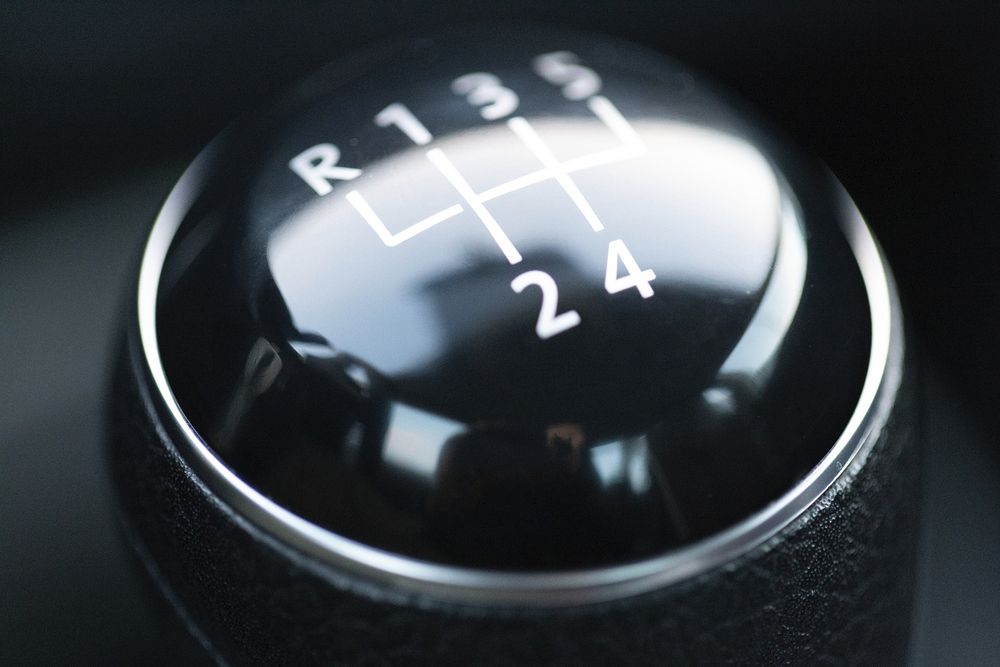
7. **Frequent Transmission Fluid Flushing**The prospect of transmission failure is arguably one of a car owner’s worst nightmares, conjuring images of prohibitively expensive repairs and prolonged vehicle downtime. Mechanics are acutely aware of this pervasive fear, and unfortunately, some may exploit it, suggesting a transmission fluid flush when a far simpler and less costly fluid change is all that is genuinely required.
It’s crucial to understand the distinction: a transmission fluid change involves simply draining the old fluid and replacing it with new, clean fluid. A transmission fluid flush, conversely, uses a machine to forcibly pump new fluid through the system, theoretically removing all old fluid and contaminants. However, this aggressive flushing process carries inherent risks. The high pressure and volume of fluid can dislodge debris and sediment that were otherwise settled, potentially leading to the clogging of the tiny, intricate passageways within the transmission, which can precipitate serious functional issues.
This adverse outcome can sometimes be attributed to a mechanic’s lack of meticulous attention or, in other instances, to a malfunctioning flushing machine. Furthermore, the harsh chemicals often present in flushing fluids may inflict damage upon the delicate internal components of the transmission, prompting some vehicle manufacturers to explicitly advise against performing transmission flushes altogether. They recommend only fluid changes at specified intervals.
Even in cases where a flush might be deemed necessary, typically for older vehicles, it should not be performed more frequently than once every two years. For modern cars, simply adhering to the manufacturer’s recommended schedule for fluid *changes*, not flushes, is usually sufficient. Being informed about the potential pitfalls of frequent transmission fluid flushing can help you avoid unnecessary risks and significant repair bills. Remember to always consult your owner’s manual for recommended transmission service and inquire specifically about a fluid *change* versus a *flush* when your mechanic suggests transmission maintenance.”
, “_words_section1”: “1948
Master Your Maintenance: Empowering Drivers with DIY Solutions and Essential Prevention
Building on our foundational knowledge of common mechanic upsells, this section delves deeper into additional costly repairs and routine maintenance tasks. We’ll equip you with practical, actionable advice on when to tackle issues yourself, how to discern genuine needs from upselling tactics, and crucial preventative steps. The goal is to safeguard your finances from major vehicle failures and ensure you’re making the most informed decisions for your car’s longevity and your wallet’s health.
Read more about: A Wallet-Sized Disaster: 14 Critical Engine Symptoms That Signal Early Motorcycle Rebuilds

8. **Installing Premium Tires**When faced with the need for new tires, the instinct, or often the mechanic’s first recommendation, might be to opt for premium tires. The reasoning often hinges on the promise of superior durability and performance, leading many drivers to believe that investing more upfront will save them in the long run. This perception can lead consumers into a classic upsell scenario, especially in tire shops that profit from pushing higher-priced products.
While premium tires are indeed crafted from more durable materials and often offer enhanced performance characteristics, it’s crucial to assess if they align with your specific driving habits and needs. For the average driver who maintains a non-aggressive driving style, mid-range tires are frequently more than sufficient. They provide ample safety and longevity without the significant price tag associated with top-tier brands.
Making an informed decision about tire replacement involves more than just selecting the most expensive option. Consider your typical driving conditions, annual mileage, and whether you engage in aggressive acceleration or braking. Understanding these factors allows you to choose tires that offer the best balance of safety, durability, and cost-effectiveness, ensuring you don’t fall into the trap of paying for performance you don’t truly utilize.
Read more about: Beyond the Shadows: An In-Depth Look at Why Modern Cars Are Being Stolen in Broad Daylight

9. **Frequent Front-end Alignment**Many drivers believe a front-end alignment is a regular, almost inevitable service, especially after encountering potholes or minor bumps on the road. The general recommendation often heard is to get it done every two years or so. However, this generalized advice doesn’t always reflect a genuine necessity for your specific vehicle, potentially leading to unnecessary expenses.
A front-end alignment is truly needed only if your car exhibits clear symptoms of misalignment. The most telling signs include the vehicle noticeably pulling to one side while driving straight, or if you observe uneven tire wear, such as one side of the tire wearing down faster than the other. If your car maintains a firm grip on the road and tracks straight, there’s likely no immediate need for an alignment.
It’s important to understand that even when an alignment is genuinely required and performed, the adjustment’s longevity can be fleeting if you frequently encounter poor road conditions. Continuously hitting potholes can quickly undo the precision adjustments made during an alignment. Therefore, constantly paying for this service without clear symptoms might be akin to repeatedly treating a symptom without addressing the underlying environmental cause.
Before agreeing to a front-end alignment, pay close attention to your vehicle’s handling and tire wear patterns. If the steering feels responsive and the car holds its line, you can likely defer this service. Trust your driving experience and the physical evidence rather than automatically accepting a recommendation that might not be warranted.

10. **Air Conditioner Recharge**In older vehicles, a declining air conditioner performance was almost universally attributed to refrigerant loss, making a professional refrigerant recharge the go-to solution for mechanics. This historical context has unfortunately led to a prevalent misconception that modern cars similarly require frequent AC recharges when their cooling capacity seems to diminish. However, advancements in automotive technology have significantly altered this reality.
Modern car AC systems are designed with much tighter seals and utilize a more durable refrigerant known as “R134a.” These systems are inherently less prone to leakage and refrigerant loss than their predecessors. Consequently, for most newer vehicles, a loss of cooling performance is far less likely to be due to low refrigerant levels and more often points to other issues within the system.
Instead of automatically reaching for a recharge, investigate other potential culprits for a weakened AC. Problems could stem from a malfunctioning blower fan, which impedes air circulation, or leaks within the air circulation system itself. Addressing these specific issues is often more effective and appropriate than a blanket refrigerant recharge.
Before authorizing a costly AC recharge, have your mechanic thoroughly check other components of your air conditioning system. Regular maintenance, including running your A/C periodically even in colder months to keep the system lubricated, can help prevent issues. By understanding these modern system dynamics, you can avoid spending $200-$300 on a service that may not even be the true solution to your cooling problem.
Read more about: Buyer Beware: 15 Vintage Coupes That Rarely Make It Past 120,000 Miles Without Major Overhauls
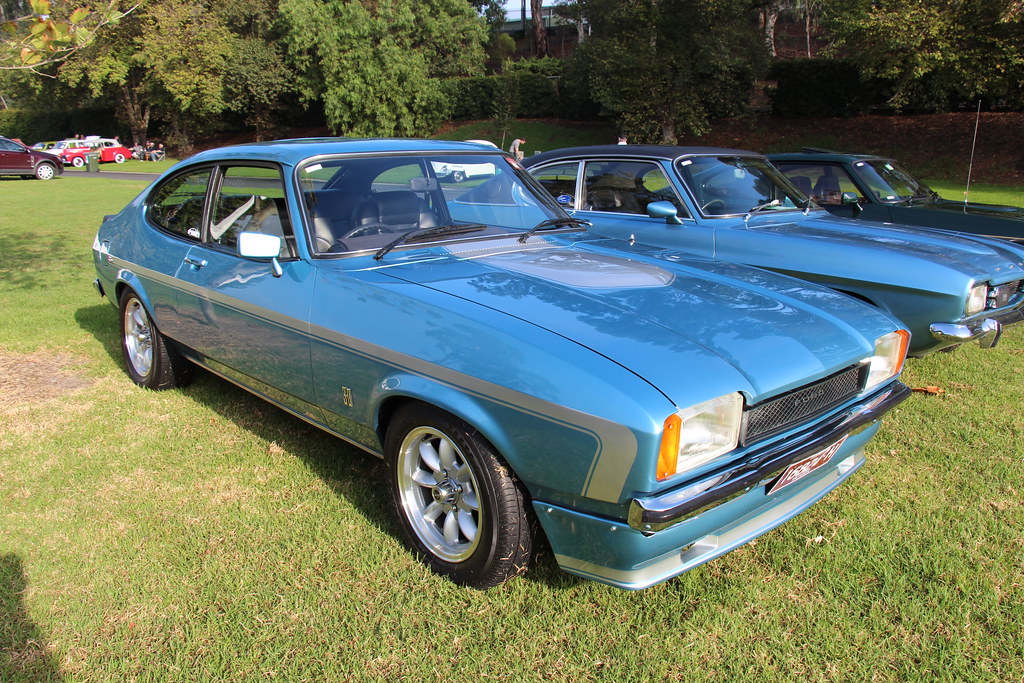
11. **Frequent Waxing**There’s undeniable satisfaction in seeing your car gleam after a fresh coat of wax, and the desire to maintain that showroom shine can lead many owners to wax their vehicles at every car wash. While waxing certainly offers protection and aesthetic enhancement, applying it with excessive frequency often translates to money being sent straight down the drain without providing any additional benefits.
The chemical formulations of modern car waxes have evolved considerably, offering significantly longer-lasting protection than older products. For a well-kept car that isn’t constantly exposed to harsh elements, waxing it twice a year is typically more than sufficient to maintain adequate protection and a desirable shine. The robust nature of contemporary waxes means their protective layer remains intact for an extended period.
If your vehicle, however, frequently endures challenging conditions such as heavy rain, constant dust, or intense sunlight, you might consider waxing it every season, which would be three to four times annually. The key takeaway is that once a protective layer of wax is established and intact, applying another layer on top does not enhance the protection. It merely consumes more product and time, making overly frequent waxing an unnecessary expenditure.
Read more about: Unlock the Detailer’s ‘Secret’ Formula: Perfectly Restore Faded Black Car Trim Without Professional Tools
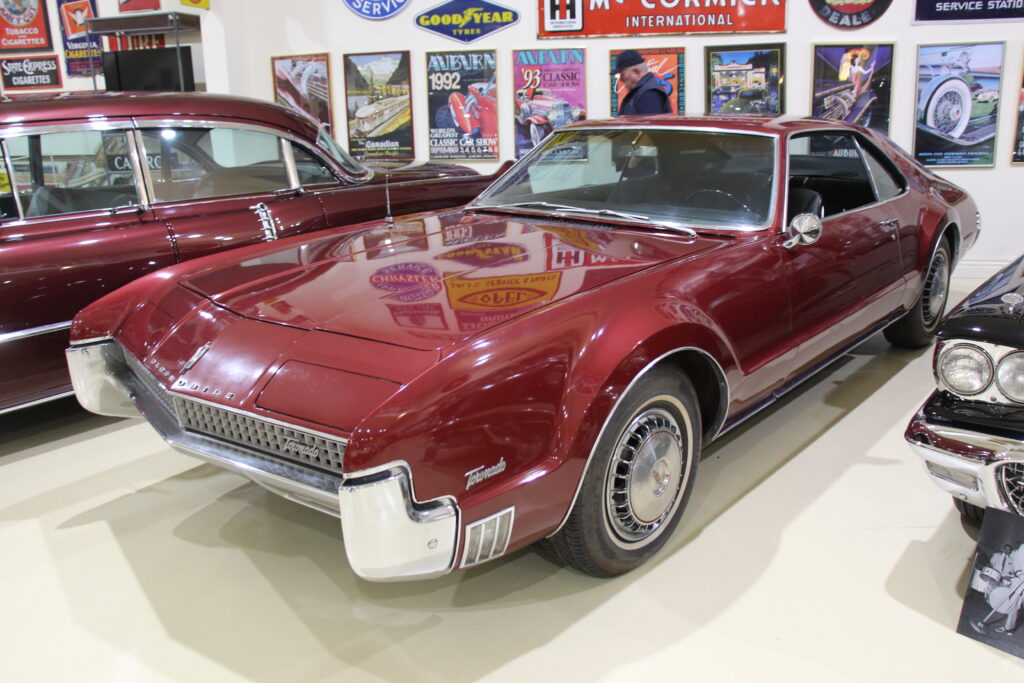
12. **Headlight Maintenance**When a mechanic suggests frequent headlight maintenance, it can sound like a prudent measure to ensure safety and visibility. However, for most modern vehicles, this recommendation is often an upsell. The reality is that keeping your headlights clear and effective typically requires nothing more than the regular car washing you already perform.
Modern headlights are manufactured using advanced materials, primarily polycarbonate, which boast superior resistance to common issues like hazing, yellowing, and impact damage. This inherent durability ensures that they maintain better functionality and a significantly longer lifespan compared to older headlight designs, reducing the need for specialized, frequent maintenance.
Unless your headlights have sustained significant physical damage, such as cracks from an impact or severe clouding beyond what a simple wash can remedy, professional replacement or extensive maintenance is rarely necessary. Relying on routine car washing to keep them clean and being aware of the robust nature of modern headlight materials will save you from paying for services you don’t truly need.
Read more about: Beyond the Showroom: Unveiling 14 Visionary Vehicle Prototypes That Never Saw Production

13. **Repeated Hose Exchange**The idea of a hose replacement might seem like a minor expense on its own, given the relatively low cost of the parts. However, the cumulative effect of repeatedly agreeing to this service without genuine cause can quietly drain your wallet. Mechanics may suggest frequent hose exchanges as a routine preventative measure, but for modern vehicles, this practice is largely outdated.
Contemporary cars are equipped with hoses that are engineered for exceptional durability and longevity. Many of these components are designed to last for up to 10 years under normal operating conditions. This significantly extended lifespan means that the era of annual or bi-annual hose replacements is well behind us for the vast majority of passenger vehicles.
To avoid this unnecessary expense, empower yourself by learning to identify the true signs of wear and tear that would genuinely warrant a hose replacement. Look for visible cracks, extreme hardening or softening of the rubber, bulges, or leaks around the connectors. Unless these clear indicators of deterioration are present, a repeated hose exchange is likely an unneeded service that you can confidently decline.
Read more about: 12 Fascinating Facts About ‘Hello’ You Never Knew Had Such a Rich History
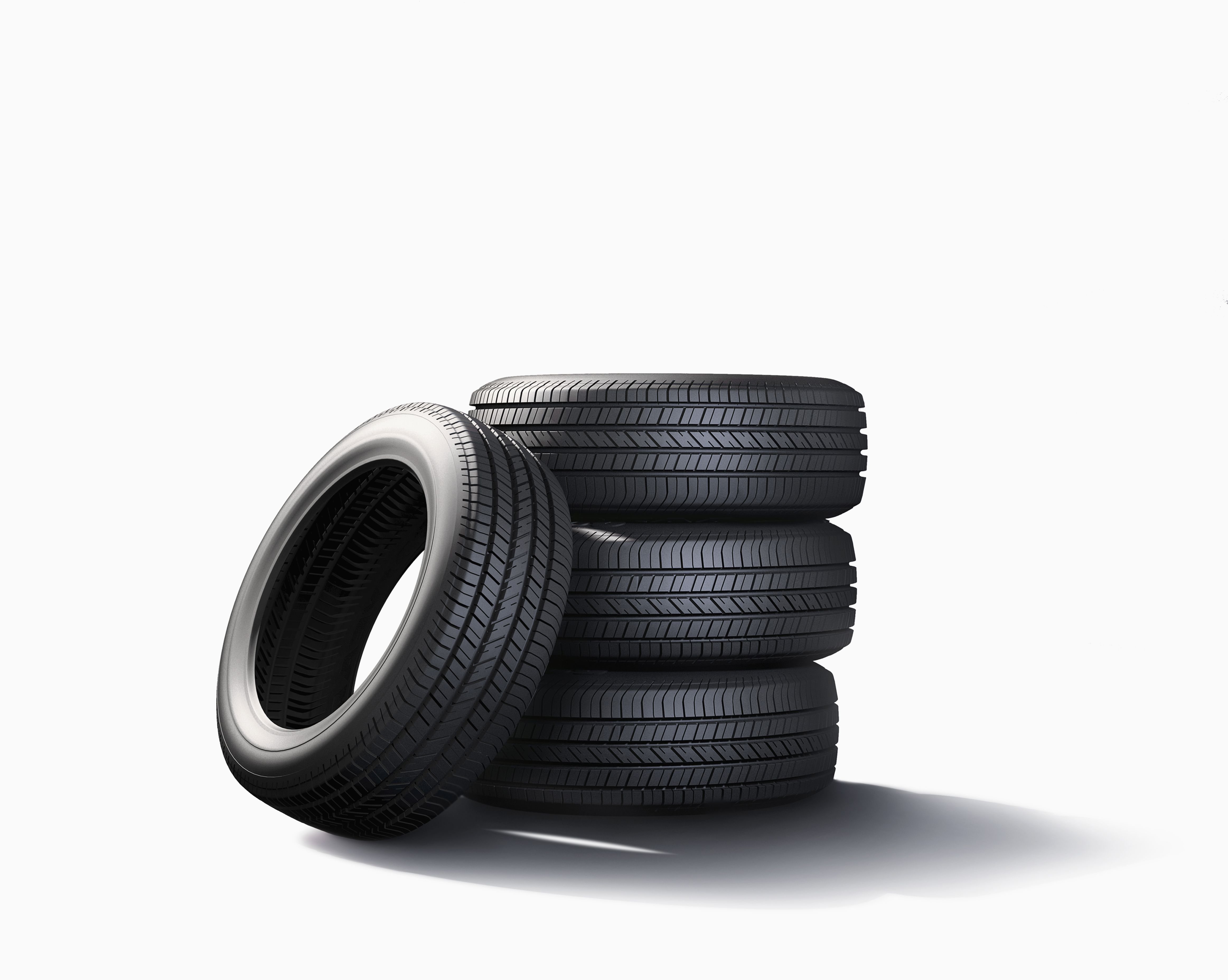
14. **Tire Balancing**Tire balancing is a service often included on repair checklists, but it’s not always a necessity unless specific issues arise. Many shops might recommend it as a routine check-up, yet experts, including major manufacturers like Toyota, suggest that you don’t need to add tire balancing to your service schedule unless you are experiencing noticeable handling problems.
The most definitive indicator that your tires require balancing is a persistent vibration felt in the steering wheel, particularly at higher speeds. This vibration signifies that the weight distribution of your wheel and tire assembly is uneven, leading to an unbalanced rotation. Without such a symptom, automatically requesting or agreeing to tire balancing is an expenditure that might not be providing any functional benefit.
While some experts do recommend getting tires checked and balanced approximately once every two years, or more frequently if you regularly drive on rough or uneven roads, this should still be considered a conditional recommendation. Prioritize actual symptoms of imbalance over arbitrary service intervals. By understanding these nuances, you can avoid unnecessary charges for a service that your vehicle doesn’t actively demand.
Read more about: Driving the Narrative: The Iconic Vehicles of Stranger Things and Their Unseen Influence

15. **The Filter Replacement (Cabin and Engine Air Filters)**Modern cars are equipped with a multitude of filters, from oil and fuel to cabin and engine air filters. While each serves a vital role, many of them boast extended lifespans, and crucially, several can be easily replaced by the car owner, offering significant savings compared to professional service fees. Mechanics often include filter replacements on every service list, even for simple, inexpensive filters that are perfect for a DIY approach.
Consider the cabin air filter, for instance. It plays a key role in improving air quality inside your car and is generally recommended for annual replacement. This task is remarkably straightforward and requires minimal tools. Typically accessed under the dashboard or behind the glove compartment, changing it involves noting its orientation, releasing a few clips or screws, pulling out the old filter, cleaning the housing, installing the new one, and securing it. Doing this yourself can save you between $50 and $70 per year.
The engine air filter is another classic example of an often-overcharged service that is easily handled at home. Mechanics love to remove a slightly dusty filter and present it as evidence of an urgent need for replacement, charging a premium for a few minutes of work. This filter is usually housed in an accessible plastic box under the hood, held by clips or screws. Opening it up, swapping the filter, and closing it back takes mere minutes.
Before blindly agreeing to filter replacements, empower yourself to check these items periodically. If an engine air filter isn’t truly filthy, a simple shake to remove loose debris can often extend its life. By taking a proactive approach and understanding the simplicity of these tasks, you can avoid being swayed by upsells and keep more of your hard-earned money in your pocket.
Navigating the landscape of car maintenance doesn’t have to be a bewildering or financially draining experience. By arming yourself with knowledge, understanding the lifespan of modern components, and recognizing when a repair can be a straightforward DIY project, you transform from a passive consumer into an empowered car owner. Remember, many suggested services are not always genuine necessities but opportunities for mechanics to generate revenue. Your owner’s manual is an invaluable resource, and a healthy dose of skepticism, combined with the insights shared here, will be your best defense against overpriced and unnecessary repairs. Drive smart, save big, and keep your vehicle running smoothly for years to come without falling into common money traps.


